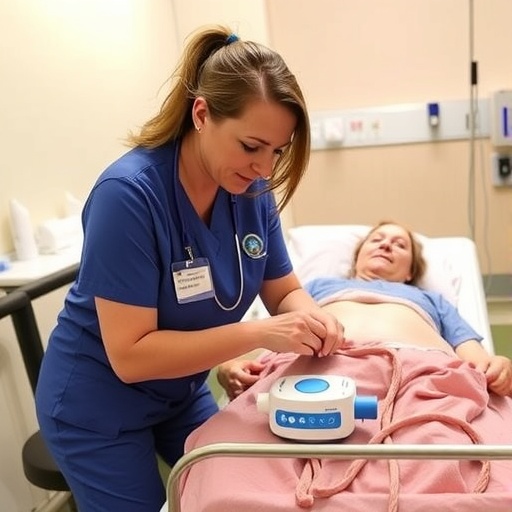Credit: GeorgiaTech & SUTD
4D printing is an emerging technology that allows a 3D-printed component to transform its structure by exposing it to heat, light, humidity, or other environmental stimuli. This technology extends the shape creation process beyond 3D printing, resulting in additional design flexibility that can lead to new types of products which can adjust its functionality in response to the environment, in a pre-programmed manner. However, 4D printing generally involves complex and time-consuming post-processing steps to mechanically programme the component. Furthermore, the materials are often limited to soft polymers, which limit their applicability in structural scenarios.
A group of researchers from the SUTD, Georgia Institute of Technology, Xi'an Jiaotong University and Zhejiang University has introduced an approach that significantly simplifies and increases the potential of 4D printing by incorporating the mechanical programming post-processing step directly into the 3D printing process. This allows high-resolution 3D-printed components to be designed by computer simulation, 3D printed, and then directly and rapidly transformed into new permanent configurations by using heat. This approach can help save printing time and materials used by up to 90%, while completely eliminating the time-consuming mechanical programming process from the design and manufacturing workflow.
"Our approach involves printing composite materials where at room temperature one material is soft but can be programmed to contain internal stress, and the other material is stiff," said Dr. Zhen Ding of SUTD. "We use computational simulations to design composite components where the stiff material has a shape and size that prevents the release of the programmed internal stress from the soft material after 3D printing. Upon heating, the stiff material softens and allows the soft material to release its stress. This results in a change – often dramatic – in the product shape." This new shape is fixed when the product is cooled, with good mechanical stiffness. The research demonstrated many interesting shape changing parts, including a lattice that can expand by almost 8 times when heated.
This new shape becomes permanent and the composite material will not return to its original 3D-printed shape, upon further heating or cooling. "This is because of the shape memory effect," said Prof. H. Jerry Qi of Georgia Tech. "In the two-material composite design, the stiff material exhibits shape memory, which helps lock the transformed shape into a permanent one. Additionally, the printed structure also exhibits the shape memory effect, i.e. it can then be programmed into further arbitrary shapes that can always be recovered to its new permanent shape, but not its 3D-printed shape."
Said SUTD's Prof. Martin Dunn, "The key advance of this work, is a 4D printing method that is dramatically simplified and allows the creation of high-resolution complex 3D reprogrammable products; it promises to enable myriad applications across biomedical devices, 3D electronics, and consumer products. It even opens the door to a new paradigm in product design, where components are designed from the onset to inhabit multiple configurations during service."
###
This research was recently published in Science Advances and was conducted by the SUTD Digital Manufacturing and Design Centre, with support from the Singapore National Research Foundation, a grant from US Air Force Office of Scientific Research (Dr. B.-L. "Les" Lee, Program Manager), as well as research grants from the US National Science Foundation.
Media Contact
Melissa Koh
[email protected]
65-649-98742
http://www.sutd.edu.sg
############
Story Source: Materials provided by Scienmag




